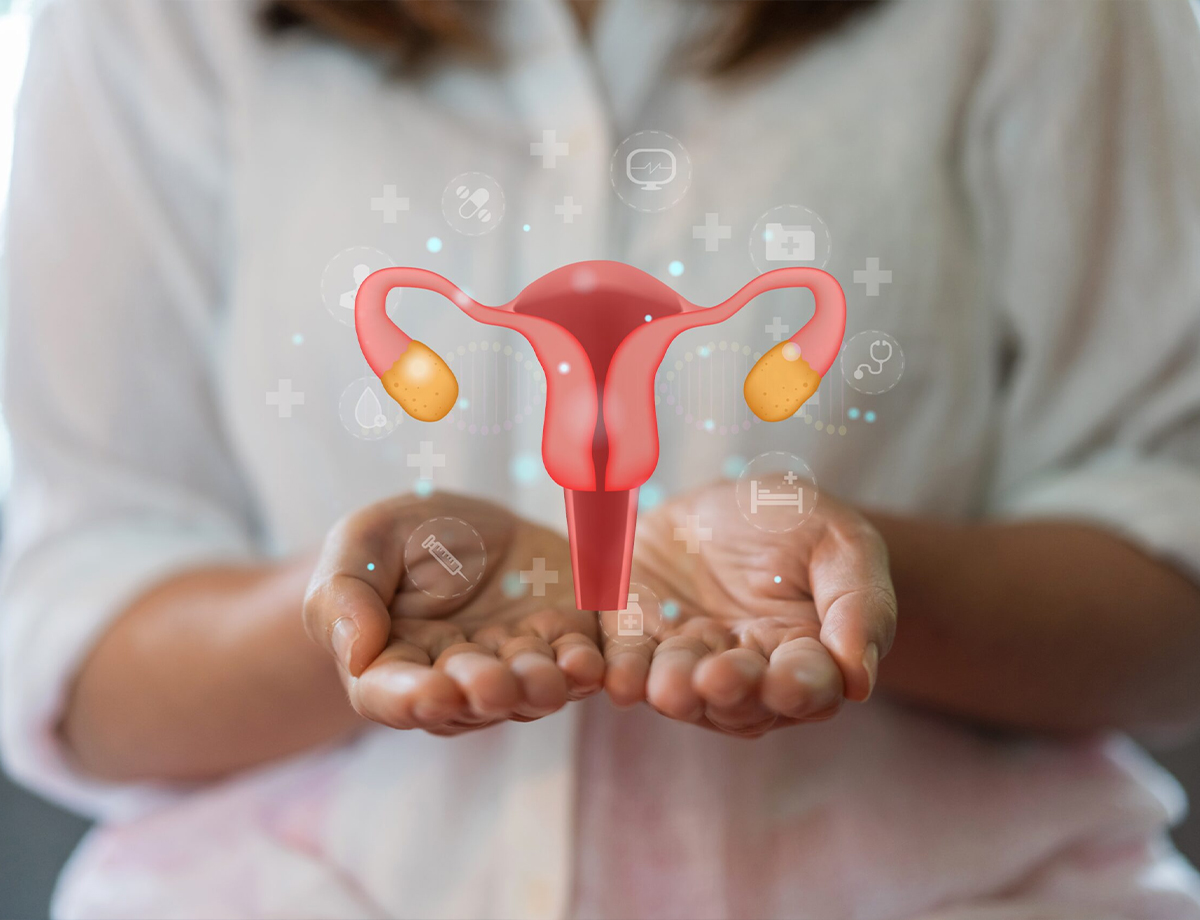
Understanding Cervical Cancer: What It Is and How One Can Stay Safe
Cervical cancer lurks as a silent threat to women, yet it is also highly preventable. It develops when cells in the cervix mutate and multiply uncontrollably. This process can take years to progress. Routine screenings can help detect early warning signs, making treatment far more effective and preventing it from becoming a more serious health concern.
Types of Cervical Cancer
Cervical cancer takes two primary forms:
- Squamous Cell Carcinoma – The most prevalent form of cervical cancer, occurring across the cervix’s surface.
- Adenocarcinoma – A rarer type of cervical cancer, forming within the cervical glands.
- Though they develop differently, both require swift and proper medical attention once detected.
Common Signs to Look Out For
Cervical cancer often goes unnoticed in its early stages because it usually doesn’t cause any symptoms. This is why regular checkups are so important. When signs do arise, they may include:
- Bleeding between periods, after intercourse, or post-menopause
- Vaginal discharge taking on an unusual texture or scent
- Discomfort or pain during intercourse
- Persistent pelvic pain
In case you experience any of these symptoms, consult a doctor without delay.
Why Cervical Cancer Happens
The leading cause of cervical cancer is an infection caused by human papillomavirus (HPV). This virus spreads through close physical contact, with sexual activity being the most common way it is transmitted. However, there are other factors that could also increase the risk of cervical cancer:
- Smoking, which poisons cells and weakens immunity
- Multiple sexual partners, increasing HPV exposure
- A weakened immune system, leaving the body defenseless
- A family history of cervical cancer, stacking genetic odds
- Prolonged use of birth control pills, altering hormonal balance
- Early sexual activity, raising vulnerability to HPV
Simple Ways to Lower the Risk
Safeguarding yourself is simpler than it seems:
- Get Vaccinated: The HPV vaccine shields against common HPV strains that cause cervical cancer.
- Routine Screenings: Pap smears and HPV tests can catch abnormal changes in cervix’s cells early, before they become cancerous.
- Healthy Lifestyle: Eating a balanced diet, avoiding smoking, and staying active can help your immune system fight infections.
- Practice Safe Sex: Limit the number of sexual partners and use protection while having intercourse.
Myths About HPV and Cervical Cancer
Many believe the HPV vaccine is only for women who are sexually active. This is a common misconception. The vaccine provides the best protection when given before any exposure to the virus. This is precisely the reason why doctors recommend getting the vaccine at a young age, often as early as nine years old.
Routine Screenings Matter
Cervical cancer is highly preventable with regular screenings. Follow this simple guide to protect yourself from this deadly disease:
UK Guidelines:
- Ages 25 to 49 – A Pap test every three years
- AAges 50 to 65 – A Pap test every five years
US Guidelines:
- Ages 21 to 29 – A Pap test every three years
- Ages 30 to 65 – A Pap and HPV test every five years (or a Pap test alone every three years)
Conclusion
Cervical cancer can be prevented and treated before it spreads. Just remember: early detection is the most important factor. Taking simple steps like getting an HPV vaccination and having routine check-ups can provide a powerful shield against the dangers of cervical cancer for all women. If you are in Dubai, HealthBay offers expert screenings and HPV vaccinations from qualified women’s health professionals. Book your check-up today or visit our clinic to learn more.









